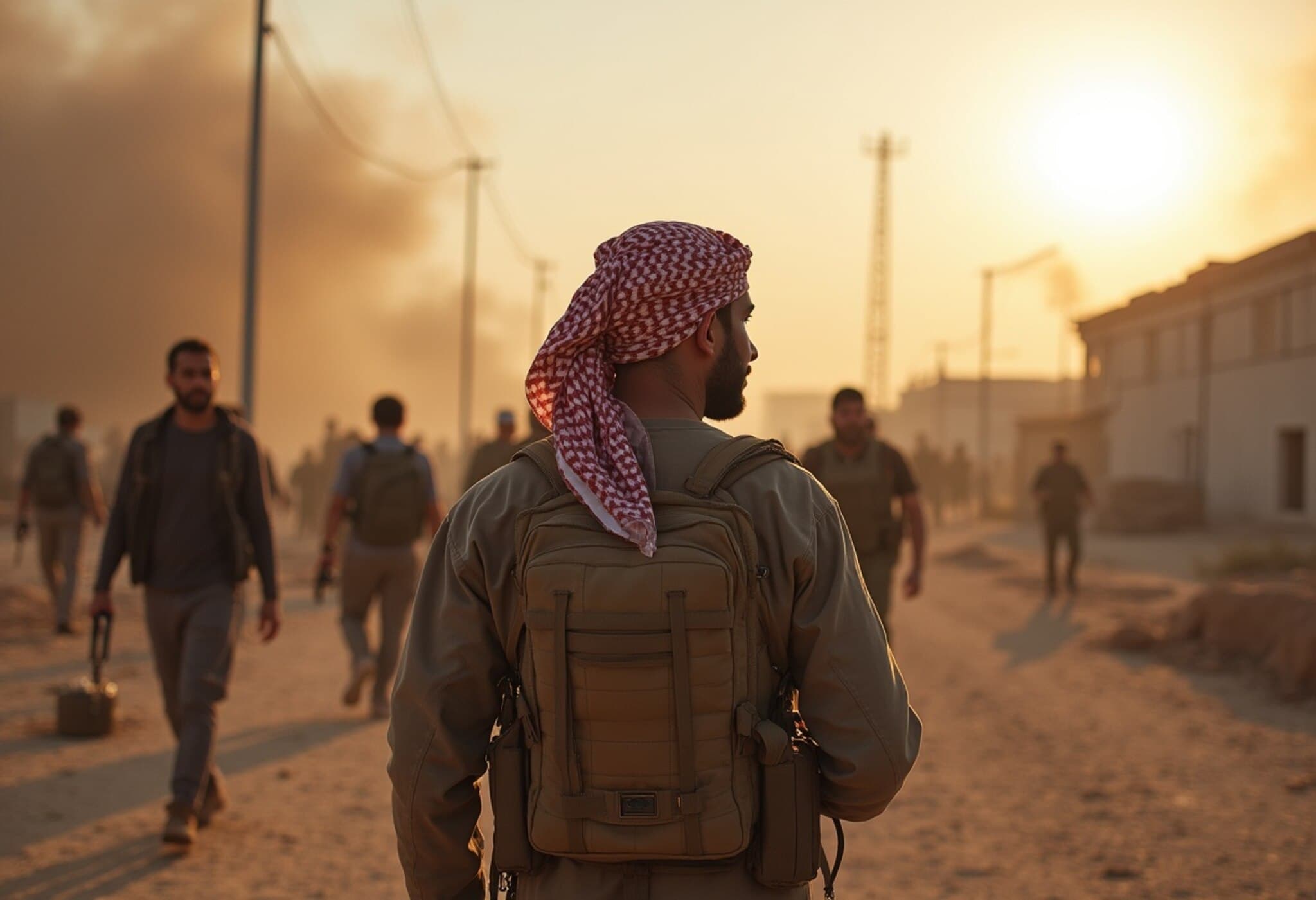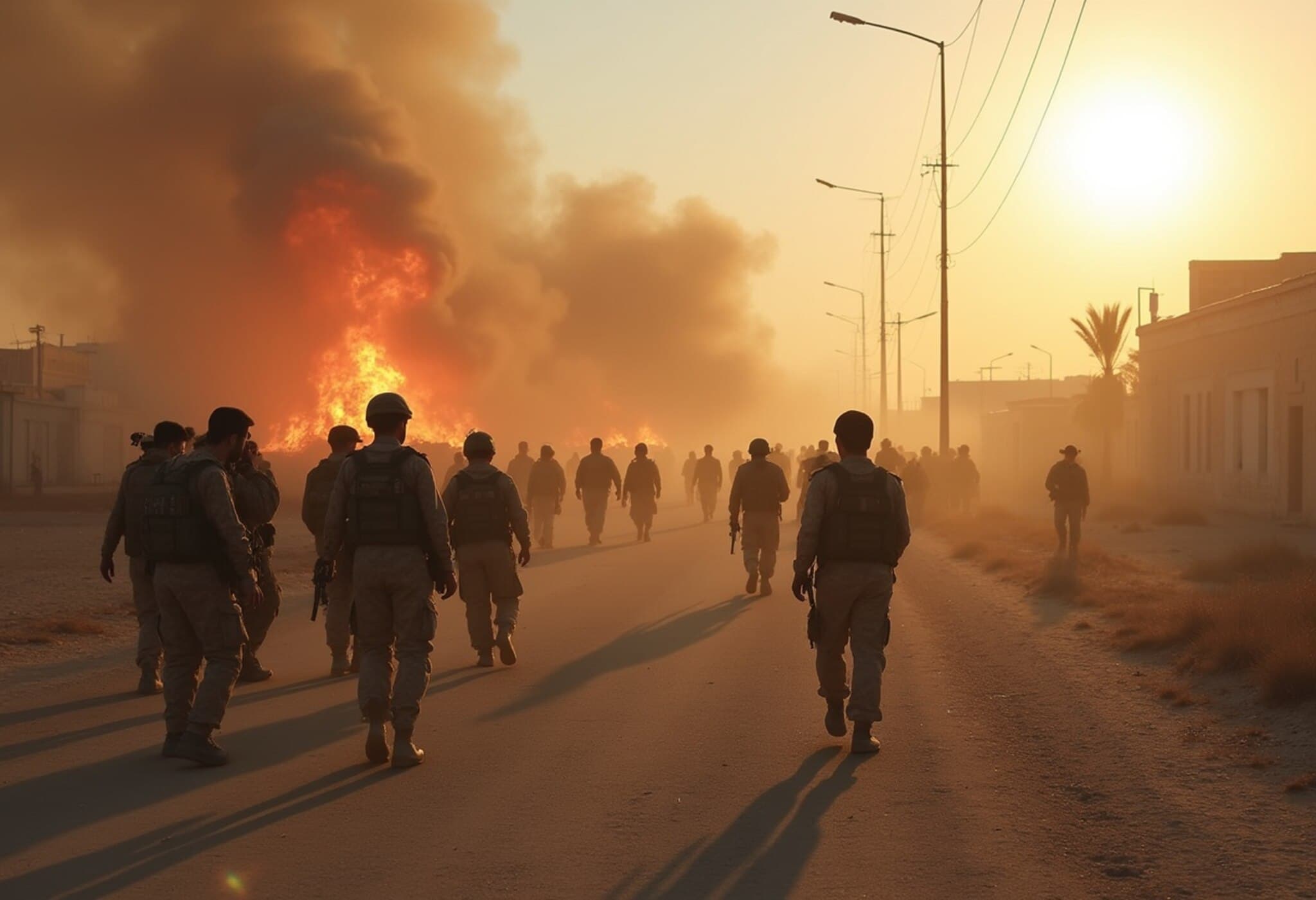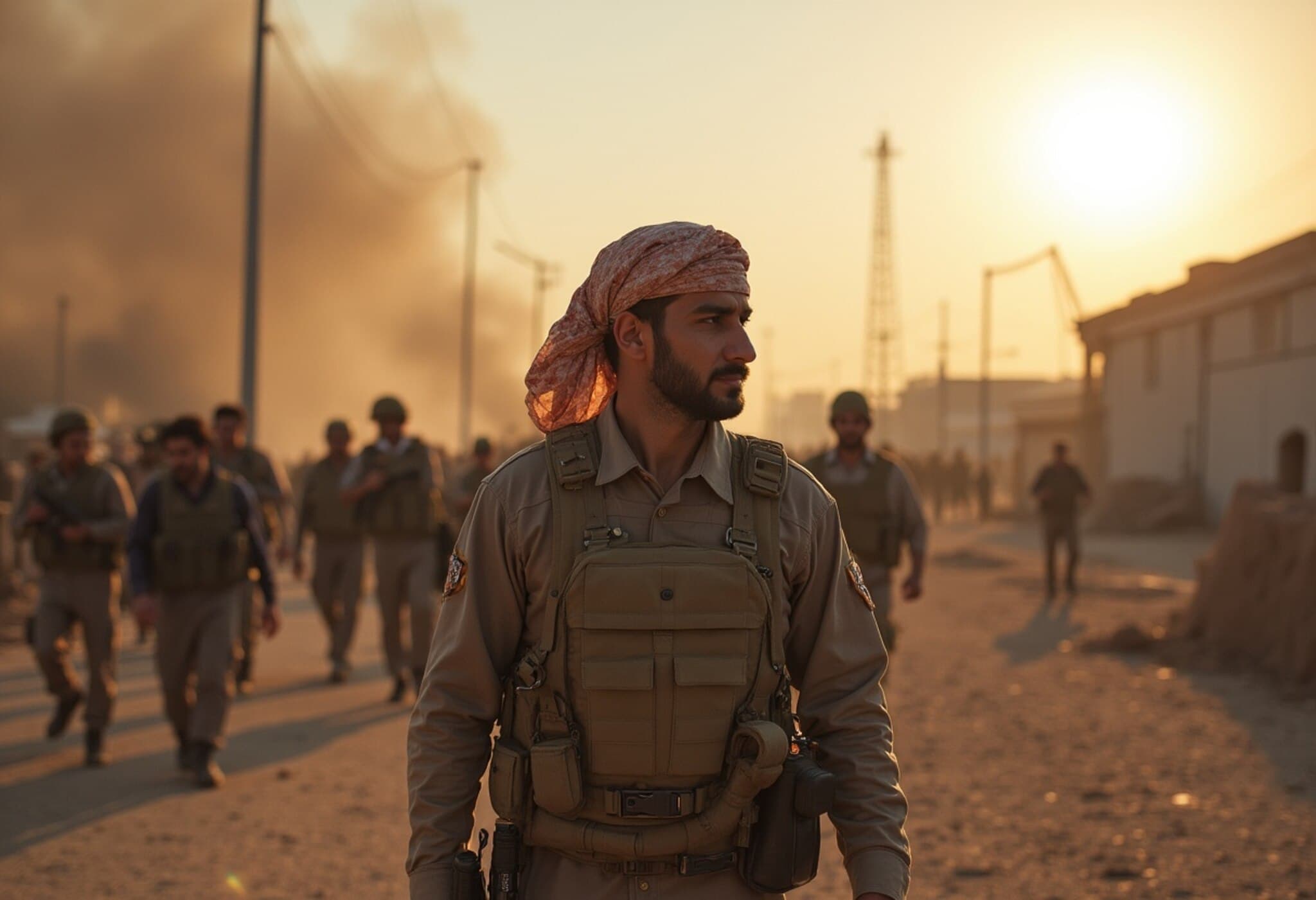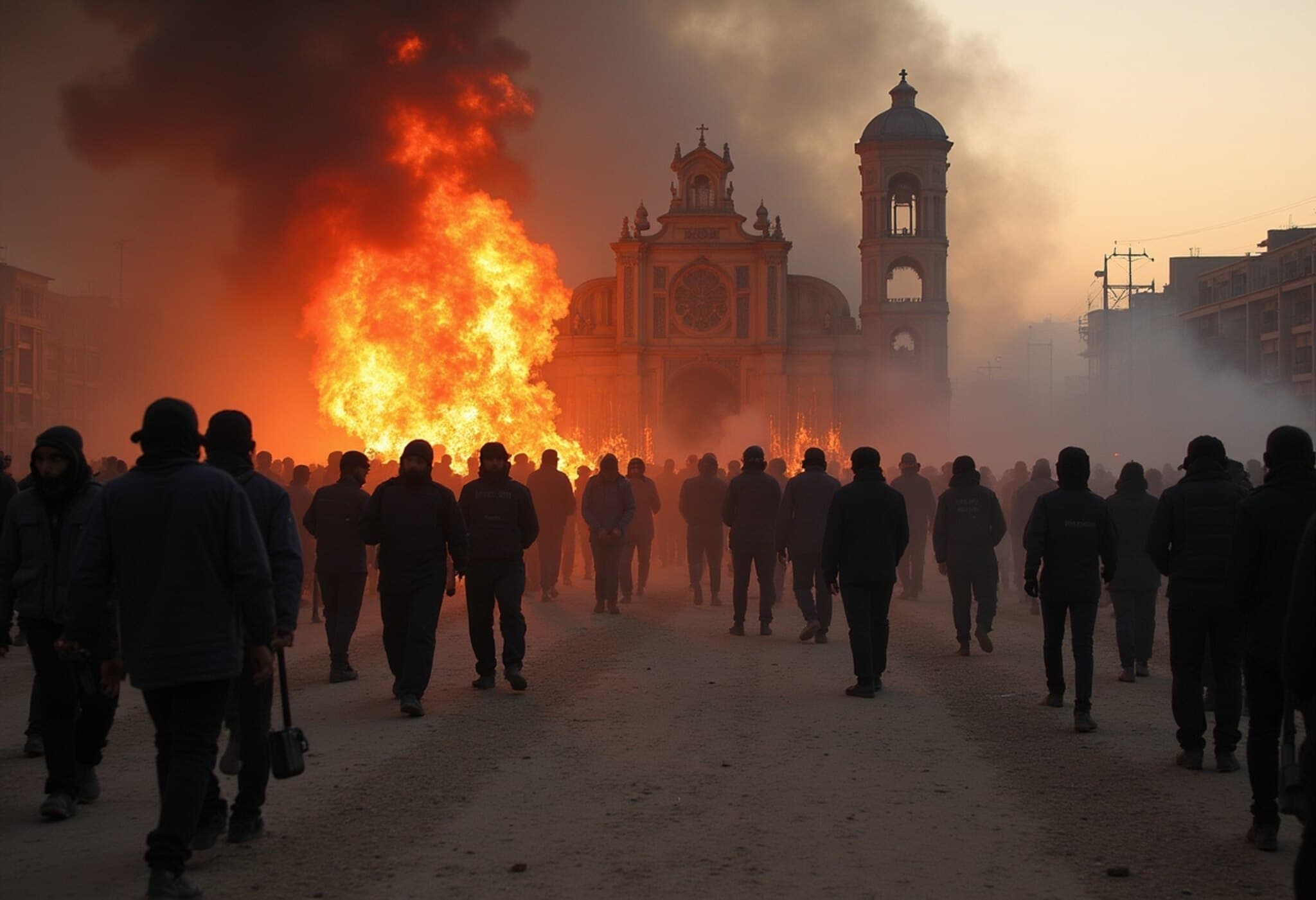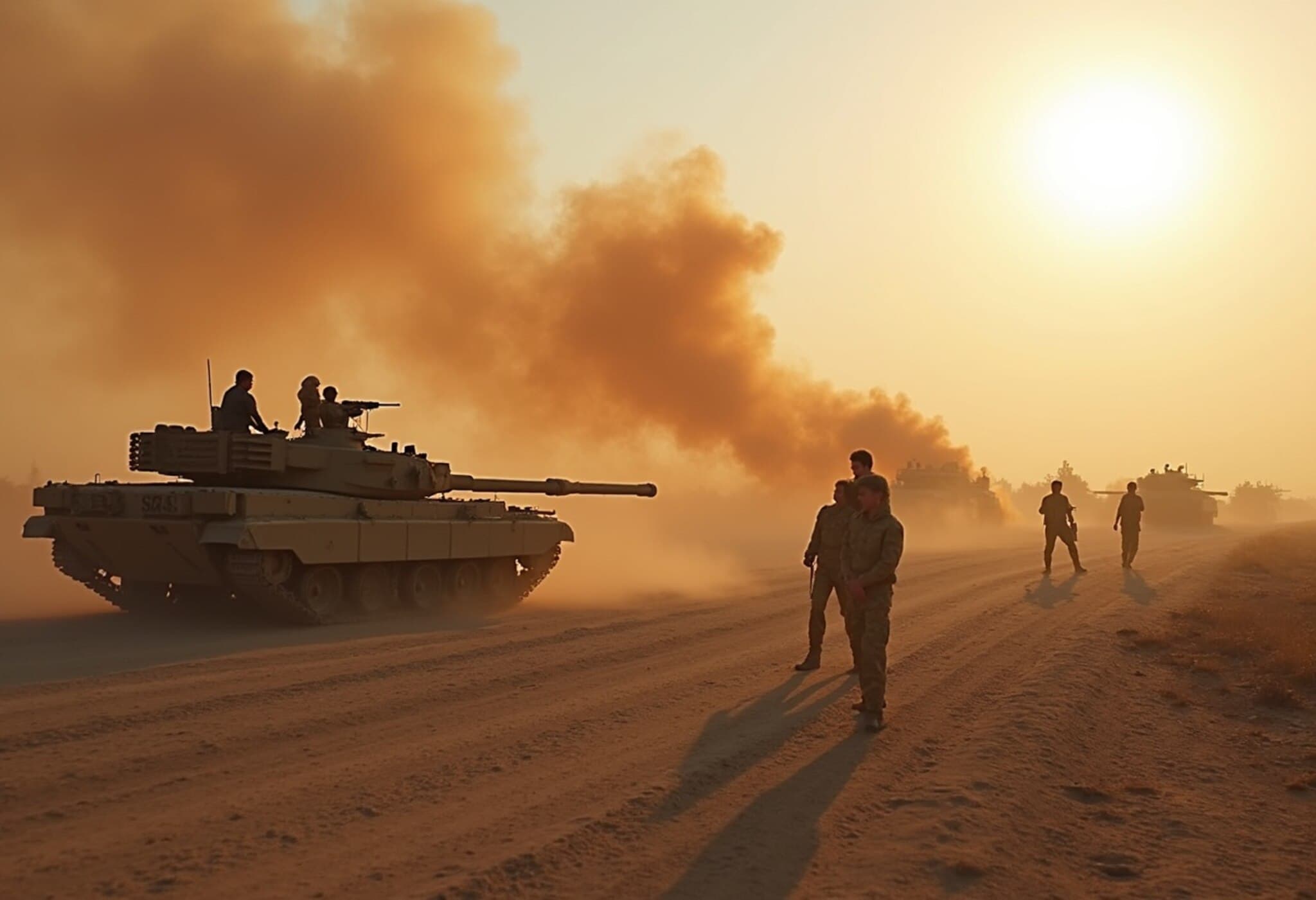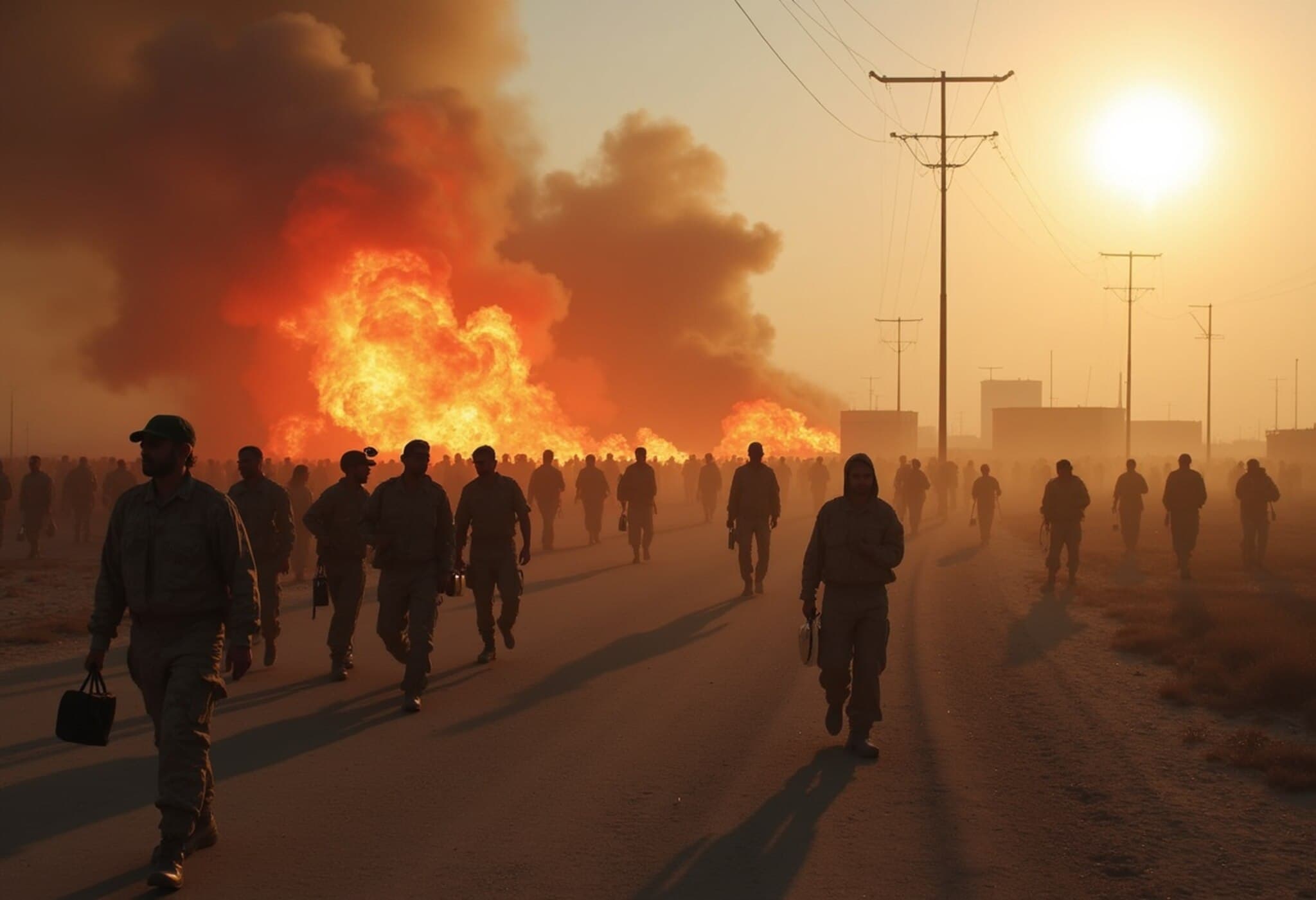Bedouin Fighters Retreat From Druze-Majority Sweida After Weeklong Clashes
In a tense development in southern Syria, armed Bedouin clans announced their withdrawal from the Druze-majority city of Sweida on Sunday, following a week of intense fighting. The fragile ceasefire, brokered with U.S. involvement, has opened a narrow window for much-needed humanitarian aid to reach this battered region.
Conflict Background: Kidnappings Spark Widespread Violence
The hostilities stemmed from a cycle of retaliatory kidnappings across towns and villages in Sweida province, culminating in violent confrontations in the city itself. The clashes pit mainly Druze militia forces against Sunni Muslim Bedouin clans, resulting in tragic loss of life and heightening fears that Syria’s already precarious postwar recovery might unravel completely.
Complications: Israeli Airstrikes and Shifting Alliances
Compounding the crisis, Israel launched multiple airstrikes targeting government positions aligned with the Bedouin forces in Sweida province. This adds another layer of complexity to an already multifaceted conflict that involves local ethnic tensions, government maneuvering, and regional power plays.
Official Responses and Calls for Peace
Interim President Ahmad al-Sharaa, perceived as more sympathetic to Bedouin grievances, publicly urged Bedouin combatants to withdraw from Sweida, highlighting the imperative that armed groups cannot supplant state authority. “We thank the Bedouins for their heroic stances but demand full adherence to the ceasefire and the state’s directives,” al-Sharaa emphasized.
Humanitarian Access and Persistent Challenges
Following the Bedouin withdrawal, humanitarian agencies moved swiftly. The Syrian Red Crescent dispatched 32 trucks carrying food, medicine, water, and fuel to support civilian populations enduring power outages and shortages caused by the fighting. However, tensions linger: Syria’s state media alleged that Druze leader Sheikh Hikmat al-Hijri and his supporters impeded a government delegation's convoy, accusations that al-Hijri neither confirmed nor denied but dismissed as malicious slander.
The Human Toll and Displacement Crisis
The United Nations’ International Organization for Migration reports that more than 128,000 people were displaced amid the clashes, with nearly 43,000 fleeing just on a single day last Saturday. Videos circulating online reveal disturbing scenes of cultural desecration, including Bedouin fighters destroying portraits of Druze religious figures and shaving elderly Druze men's mustaches—an act deeply offensive in local tradition.
Broader Implications: Ethnic Divides and Regional Dynamics
These developments underscore the fragile coexistence between Syria’s diverse ethnic and religious groups. The Druze community, comprising over half of the approximately one million Druze worldwide, resides predominantly in Syria, Lebanon, and Israel's Golan Heights. Historically, many Syrians in the Druze minority greeted the downfall of Assad’s regime with cautious optimism, hoping for a path toward peaceful political transition. Yet, the recent violence has stirred skepticism about the new leadership’s ability to foster security and harmony.
Expert Insight: Fragile Peace Amid Ongoing Uncertainty
Dr. Rana Khalil, a Middle East policy analyst based in Washington, D.C., explains, “The Sweida clashes reveal the entanglement of local tribal disputes with larger geopolitical struggles. The Bedouins’ withdrawal reflects not just battlefield dynamics but also external pressures, including the U.S. and Israel’s roles. For Syria’s postwar transition to succeed, it is imperative that national reconciliation includes meaningful dialogue among minority groups and that the government asserts legitimate authority without alienating communities.”
Calls From the International Community
U.S. special envoy Tom Barrack urged all factions to immediately halt hostilities and abandon cycles of tribal revenge. “Syria stands at a pivotal crossroads — peace and dialogue must take precedence, and this moment cannot be missed,” Barrack said via social media. His comments strike at the heart of ongoing concerns that localized conflicts may further destabilize Syria’s tenuous landscape.
Editor’s Note
The Sweida clashes underscore the complex interplay between Syria’s ethnic tensions, fragmented governance, and regional rivalries. While the Bedouin withdrawal and incoming humanitarian aid offer a glimmer of hope, the path ahead remains uncertain. As the international community watches closely, questions about how to rebuild trust among factions and prevent the resurgence of violence loom large. For readers seeking to understand Syria’s fragile mosaic, the events in Sweida vividly illustrate the country’s pressing need for inclusive dialogue and robust peacebuilding efforts.

